The number of online applications has increased sharply, specifically by August 31, the system recorded a total of 158,000 applications, of which 157,800 were submitted online. The rate of online applications reached 80.39% of the total number of applications received, showing the rapid adaptation of people to online public services. When operating a 2-level local government model, administrative procedures are strongly decentralized to the commune level, helping people and businesses not to have to travel much, saving significant time and costs. People can submit applications at any Public Administration Service Center within the province, regardless of administrative boundaries. The application processing process on the system helps people and businesses easily track and supervise the processing process from reception to return results.
- Reporter: What are the advantages and disadvantages of implementing online administrative procedure settlement?
- Mr. Nguyen Xuan Kiem: Regarding advantages: Improved technology infrastructure, equipment, software, and transmission lines... basically meet users' requirements. The attention and high responsibility of leaders and civil servants of departments, branches, and people's committees of communes, wards, and special zones in receiving and handling administrative procedures for people and businesses. Online administrative procedures use digital data, helping to reduce the amount of paperwork and records that must be submitted, reducing administrative burden. Officials receive and process records more quickly and effectively, thereby improving the quality of service for people and businesses.
Regarding difficulties and obstacles: Data between systems is not synchronized and connected, affecting information lookup and verification. Currently, the province has only connected 13/18 central database systems. Some regulations and business processes related to decentralization and delegation of power to the commune level are new; commune-level officials and civil servants are still confused in the implementation process. Although there have been many efforts to propagate and guide people to use online public services, some places have not been really effective, especially for people in rural areas or the elderly.
- Reporter: How do people and businesses evaluate the quality of the province's current online public services, sir?
- Mr. Nguyen Xuan Kiem: Currently, the rate of files processed on time is 96.29%; the rate of digitization and return of results of administrative procedures electronically is 73.51%. People and businesses highly appreciate the convenience of performing administrative procedures in the electronic environment, helping to significantly reduce travel time. Submitting documents online also creates initiative and flexibility. People can easily monitor the process of processing documents. This helps increase transparency and reduce hassle.
However, in the early stages of operation, some users reported that the system occasionally encountered errors, slow logins from the VNeID application, or inability to make online payments from the payment system on the National Public Service Portal. In some cases, people still had to resubmit documents already in the national database, causing inconvenience. Despite submitting documents online, many procedures still required people to bring the originals to the agency for comparison, reducing the effectiveness of digitization. To achieve the goals of satisfaction and efficiency, agencies and units need to proactively and actively coordinate to improve technical infrastructure, improve service quality, and promote propaganda and guidance so that people can access and use online public services.
- Reporter: What are the orientations and solutions to build a modern, transparent, people-centered administration?
- Mr. Nguyen Xuan Kiem: To build a modern, transparent, people-centered administration, the key factor is the synchronous combination of three pillars, basically as follows: First, build a tight, clear legal framework, eliminate overlapping procedures. Second, digital transformation associated with management work, especially providing public services, towards building e-government, digital government, creating conditions for people to easily access online public services. Third, build a team of cadres and civil servants with sufficient capacity, qualities, professionalism, dedication, responsibility, taking people's satisfaction as a measure of work efficiency.
To effectively implement the above pillars, it is necessary to focus on the following specific directions and solutions:
Firstly, perfecting institutions and policies: Agencies and units continue to review and coordinate with ministries and branches to advise on timely amendments and supplements to legal documents in accordance with the two-level local government model; adjusting internal procedures to suit the new model, especially administrative procedures decentralized to the commune level.
Second, building and developing e-government and digital government: Perfecting and effectively operating the information system for handling administrative procedures of the province; synchronously deploying national databases, especially databases of population, land, and enterprises to serve the management and handling of administrative procedures, using digital data, helping to reduce the number of documents and records to be submitted, reducing administrative burden. Departments, branches and sectors proactively coordinate with ministries and sectors to ensure stability, smoothness and the ability to connect and communicate data with the information system for handling administrative procedures. Applying technology (AI, Blockchain...) to automate processes, increase security and transparency in administrative transactions.
Third, improve the quality of human resources: Strengthen training and fostering of cadres and civil servants in expertise, professionalism, public ethics and technology application skills in handling administrative procedures. Promote the role of community digital technology teams to assist and guide people when they encounter difficulties in the process of submitting documents online. Research and apply a mechanism to evaluate work performance based on the satisfaction level of people and businesses. Build a reasonable remuneration mechanism to motivate cadres and civil servants to work effectively and stay long-term.
Fourth, enhance publicity and transparency: Continue to publicize and make transparent all processes, procedures and results of handling administrative procedures on digital platforms; promptly receive and handle feedback and recommendations from people and businesses via online channels. At the same time, strengthen multi-channel communication to raise awareness and guide people to use online public services effectively.
- Reporter: Thank you!
WEST LAKE - Performed by TU QUYEN
Source: https://baoangiang.com.vn/xay-dung-nen-hanh-chinh-hien-dai-minh-bach-a461183.html



![[Photo] Keep your warehouse safe in all situations](https://vphoto.vietnam.vn/thumb/1200x675/vietnam/resource/IMAGE/2025/10/1/3eb4eceafe68497989865e7faa4e4d0e)
![[Photo] Hanoi morning of October 1: Prolonged flooding, people wade to work](https://vphoto.vietnam.vn/thumb/1200x675/vietnam/resource/IMAGE/2025/10/1/189be28938e3493fa26b2938efa2059e)



![[Photo] President of the Cuban National Assembly visits President Ho Chi Minh's Mausoleum](https://vphoto.vietnam.vn/thumb/1200x675/vietnam/resource/IMAGE/2025/10/1/39f1142310fc4dae9e3de4fcc9ac2ed0)


![[Infographics] An Giang Agriculture 2020-2025: Stable growth, quality transformation](https://vphoto.vietnam.vn/thumb/402x226/vietnam/resource/IMAGE/2025/10/1/bf3a77ba3a0243a697e5253ed4cd6f9c)


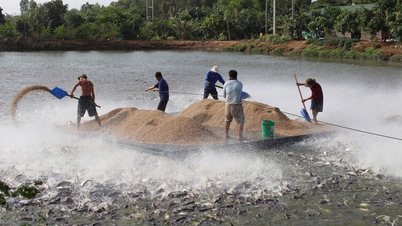









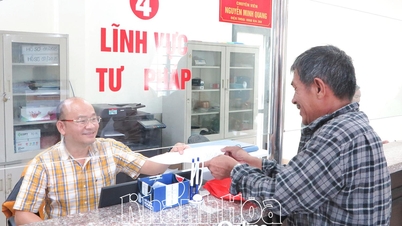
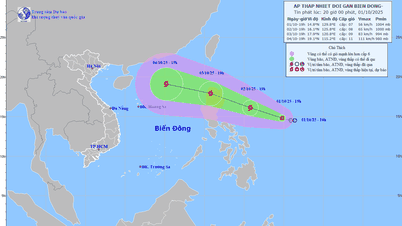





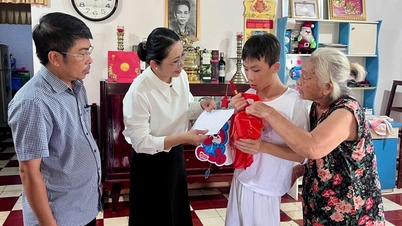
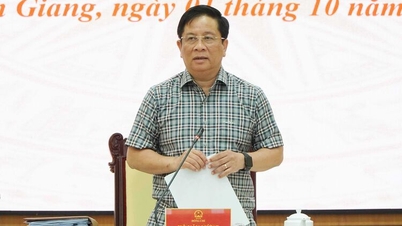
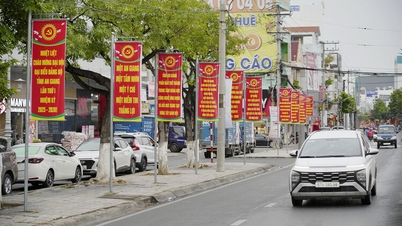
![[Megastory] Promoting unified strength, aiming at the goal of building a province with sustainable development](https://vphoto.vietnam.vn/thumb/402x226/vietnam/resource/IMAGE/2025/10/1/d2d14c3fe22141da94dffbdbd9131f03)

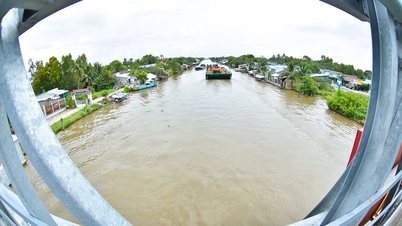



























































Comment (0)